I'm trying to implement a audio synthesizer using this technique:
https://ccrma.stanford.edu/~stilti/papers/blit.pdf
I'm doing it in standard C, using SDL2_Mixer library.
This is my BLIT function implementation:
double blit(double angle, double M, double P) {
double x = M * angle / P;
double denom = (M * sin(M_PI * angle / P));
if (denom < 1)
return (M / P) * cos(M_PI * x) / cos(M_PI * x / M);
else {
double numerator = sin(M_PI * x);
return (M / P) * numerator / denom;
}
}
The idea is to combine it to generate a square wave, following the paper instructions. I setted up SDL2_mixer with this configuration:
SDL_AudioSpec *desired, *obtained;
SDL_AudioSpec *hardware_spec;
desired = (SDL_AudioSpec*)malloc(sizeof(SDL_AudioSpec));
obtained = (SDL_AudioSpec*)malloc(sizeof(SDL_AudioSpec));
desired->freq=44100;
desired->format=AUDIO_U8;
desired->channels=1;
desired->samples=2048;
desired->callback=create_rect;
desired->userdata=NULL;
And here's my create_rect function. It creates a bipolar impulse train, then it integrates it's value to generate a band-limited rect function.
void create_rect(void *userdata, Uint8 *stream, int len) {
static double angle = 0;
static double integral = 0;
int i = 0;
// This is the freq of my tone
double f1 = tone_table[current_wave.note];
// Sample rate
double fs = 44100;
// Pulse
double P = fs / f1;
int M = 2 * floor(P / 2) + 1;
double oldbipolar = 0;
double bipolar = 0;
for(i = 0; i < len; i++) {
if (++angle > P)
angle -= P;
double angle2 = angle + floor(P/2);
if (angle2 > P)
angle2 -= P;
bipolar = blit(angle2, M, P) - blit(angle, M, P);
integral += (bipolar + old bipolar) * 0.5;
oldbipolar = bipolar;
*stream++ = (integral + 0.5) * 127;
}
}
My problem is: the resulting wave is quite ok, but after few seconds it starts to make noises. I tried to plot the result, and here's it:



Any idea?
EDIT: Here's a plot of the bipolar BLIT before integrating it:

